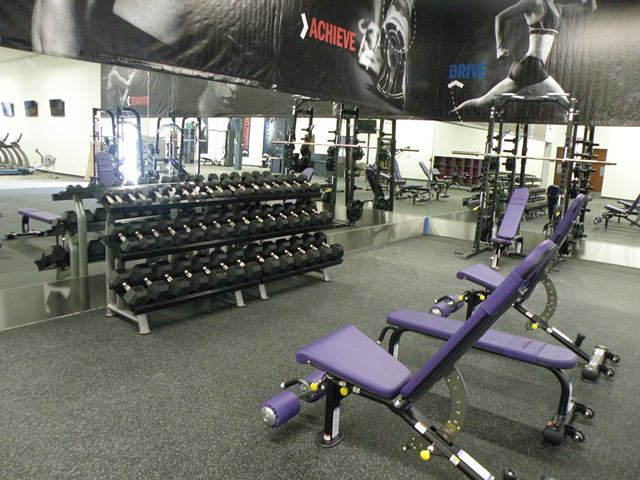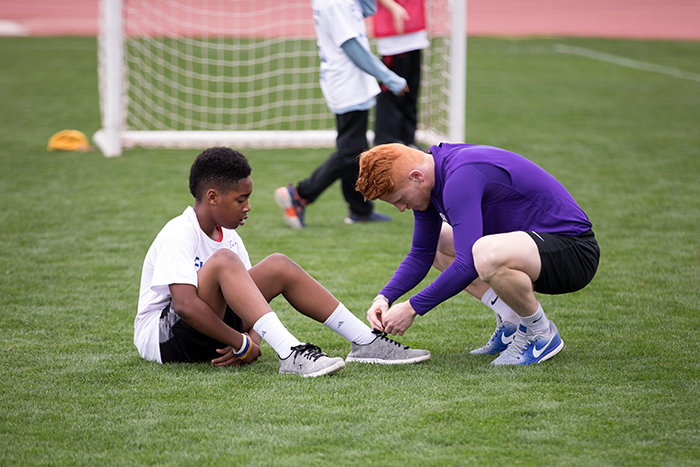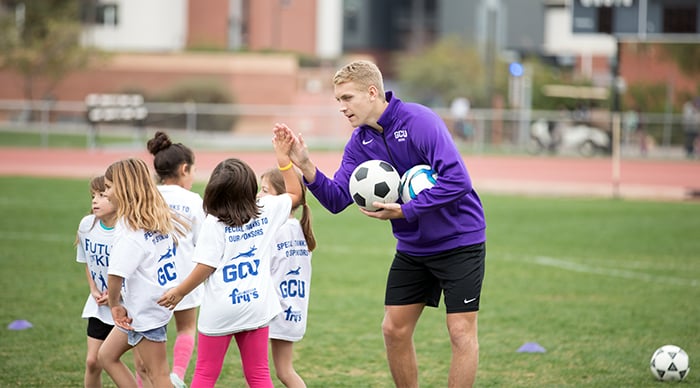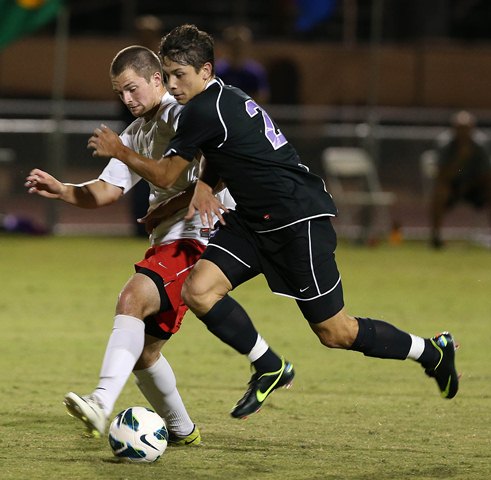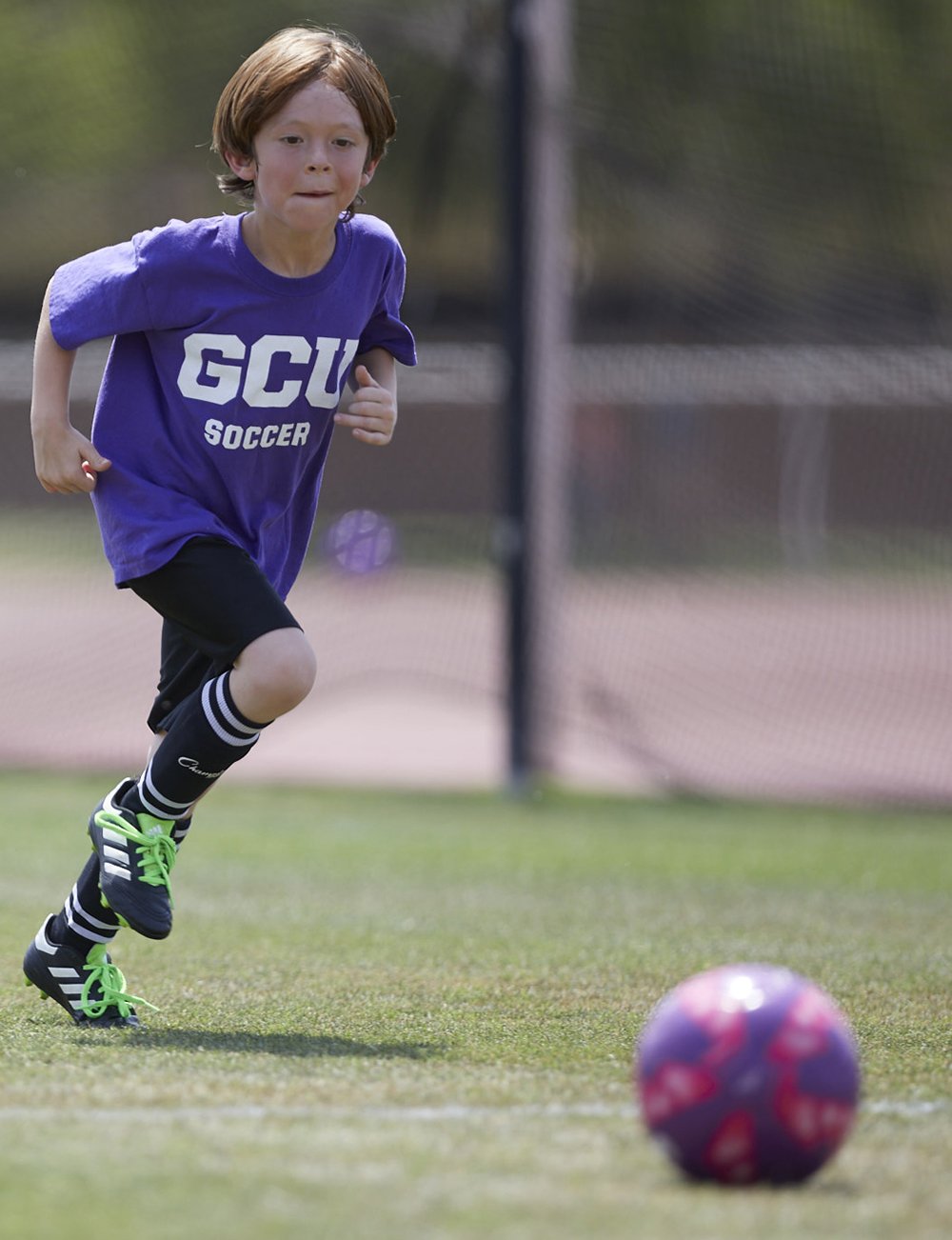
By Lana Sweeten-Shults
GCU News Bureau
Anya Cofrancesco is no shrinking violet when it comes to air travel, having visited about a dozen countries.
Then again, the Honors College and Study Abroad Program Manager at Grand Canyon University had never culled her mettle on a C-2A Greyhound before this summer.
“Here we go! HERE WE GO!” yawped one of the naval personnel on the carrier-on-board delivery aircraft, which plucked Cofrancesco from her peaceful perch at the North Island Naval Complex in San Diego. The plane dropped her and 15 others, including GCU Director of Strategic Employer Initiatives & Internships Marquis Scott and Associate Dean of Engineering Dr. Janet Brelin-Fornari, onto the USS Nimitz aircraft carrier 100 miles off the California coast as part of the Naval Air Force’s Distinguished Visitor Embark Program.
The Navy prepped the group before its trip to the Bremerton, California-based vessel while its crew was training for deployment in the Pacific Ocean.
The Distinguished Visitors donned their safety vests, cranial helmets, and protective eye and ear gear — “It was super noisy, so you had to protect everything,” Cofrancesco said — and were briefed about what to expect.
“The seats face backward on the Greyhound aircraft, so it’s not like the typical passenger plane. Once it lands — once it hits the deck — you FEEL the force,” Cofrancesco said.
The plane’s tail hook grasps cables on the flight deck to stop the Greyhound on the not-nearly-long-enough, 300-foot-long runway — most aircraft need 2,300 feet of runway space or more.
Just as dramatic was leaving the Nimitz after the Embark tour wrapped up. The G-forces are no joke on the catapult launch, with the aircraft hurtling from 0 to 150 or so miles per hour in just seconds.
Not one of the 16 Distinguished Visitors got sick from the incredible weight of the G-forces.
Maverick and Goose would be proud.
The Navy invited Cofrancesco, Scott and Brelin-Fornari to join the first of the Embark visits since they were halted during the pandemic. Leaders from various industries, from educators to government and corporate leaders, get the opportunity to experience life aboard a deployed aircraft carrier, such as the USS Nimitz, as part of the Navy’s efforts to educate the public about its global missions.
It is a rare, behind-the-scenes look that GCU’s team was privileged to experience.
The Navy expects a couple thousand visitors to go through the program in the next few months.

The chance to be an Embark Distinguished Visitor grew out of talks about opportunities for GCU’s engineering, cybersecurity and technology students.
“We have an ongoing relationship with the Navy, and there are different conversations we continue to have with the Navy,” Scott said.
After being onboarded at North Island Naval Complex, the participants spent a jam-packed 24 hours on the Nimitz. They met Rear Adm. Christopher Sweeney, Commander of Carrier Strike Group 11, for which the Nimitz serves as the capital ship, and they got to visit with other commanding officers. They also watched the action on the flight deck, toured numerous areas of the carrier, visited with fire personnel and mechanics, and spent the night in the officers’ quarters.
But what amazed Brelin-Fornari the most was seeing 5,500 crew members working in concert to make their mission happen.
“We talk a lot about teamwork in engineering and how, no matter what job you go to, you have to work as a team to be able to do what you do — the design, the tests, the solving issues of the job as an engineer,” Brelin-Fornari said. “But it really was in bright lights when you watch the crews come together for a common purpose — in this case, getting the airplanes on and off the ship safely.
“It’s like watching a finely choreographed dance.”
To prepare for her time on the Nimitz, Cofrancesco said there was one thing her team in the Honors College told her she HAD to do: “They told me, you’ve got to watch ‘Top Gun’ before you go on,” so she did. “I’m glad I watched it, because so many sailors made reference to that movie SO many times, and now I understand what they were talking about. Everybody was talking about ‘Top Gun,’ even within our group.”
What sticks in Cofrancesco’s mind about her day with the Navy?
“It was fascinating how there are so many different teams on the carrier. I don’t know if a lay person would ever know, oh, there are cooks on the ship and there are those who clean the ship. There are those who work on aircraft engines. There’s an anchor team.
“It really is a massive floating city,” Cofrancesco added, noting that what she enjoyed the most was hearing some of the sailors’ stories.
“Just to connect with them was awesome — to know a little bit about them, why they joined the Navy in the first place. It was incredible to see the diversity and the teamwork,” she said.
Master-at-Arms Petty Officer 2nd Class Laura Black, Navy officer recruiter, said the Navy offers two programs at GCU: the Civil Engineer Collegiate Program and the Navy Nuclear Propulsion Officer Candidate Program.

Students who enter the Civil Engineer Corps are paid about $3,000 to $5,300 per month for up to two years before graduation, with health care benefits, while still in college. Unlike an ROTC program, in which students go through military training while in college, the only military requirement while a student is an annual medical exam and biannual fitness assessment.
After completing their degree, they attend Officer Candidate School to commission as an ensign in the Navy and are required to serve eight years, four active and four reserve.
Those entering the Navy Nuclear Propulsion Officer Candidate Program must be within 30 months of graduation. They can choose from five career paths: naval reactors engineer, nuclear power school instructor, nuclear power training unit instructor, submarine officer and surface warfare officer. They earn a $43,000 annual salary and receive military health care benefits while in school and, after graduating, serve from five to eight years, depending on their career path.
What the GCU team will do with their experiences on the Nimitz is bring them back to campus and share them with students.
“That was the big part for us — to see how students can apply what they’ve learned (at GCU) in a setting such as a ship like this,” Brelin-Fornari said.
Scott added, “It’s to come back and tell students, firsthand, what the experience was like ... to say, ‘Hey, we’ve been on an aircraft carrier with 5,500 people.’
“It’s amazing there are men and women that do that daily,” he said — and that, every day, say, “Here we go. HERE WE GO!”
GCU senior writer Lana Sweeten-Shults can be reached at [email protected] or at 602-639-7901.
***
Related content:
GCU Today: Honors student is newest Navy nuclear engineer





